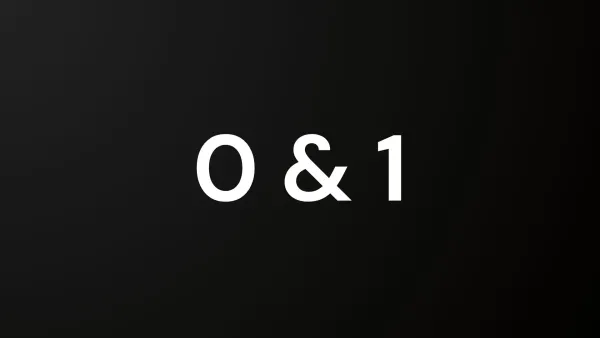RGB and what it has to do with numbers
RGB color representation is fundamentally a matter of numbers and bits. Like ASCII & Unicode.
But as always. Context matters.
Each color is defined by three values representing red, green, and blue intensities, typically stored in 8 bits (1 byte) per channel.
This 8-bit system allows each color component to range from 0 to 255, creating a three-dimensional color space that can be visualized as a cube.
For example, pure red is represented as (255,0,0), while black is (0,0,0) and white is (255,255,255).
In memory, a standard RGB color occupies 24 bits (3 bytes) total, enabling the representation of approximately 16.7 million distinct colors.
When programming, colors can be manipulated through binary operations. Developers often use hexadecimal notation (like #FF0000 for red) as a more compact way to represent these values.
Modern displays use this digital information to control individual pixel components, where each pixel consists of three tiny light sources (sub-pixels) for red, green, and blue.

